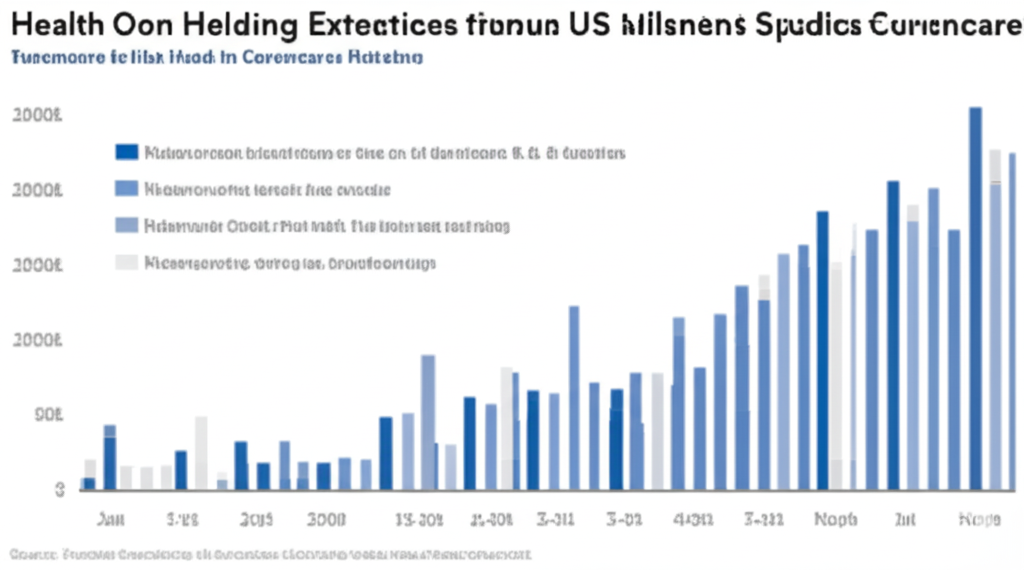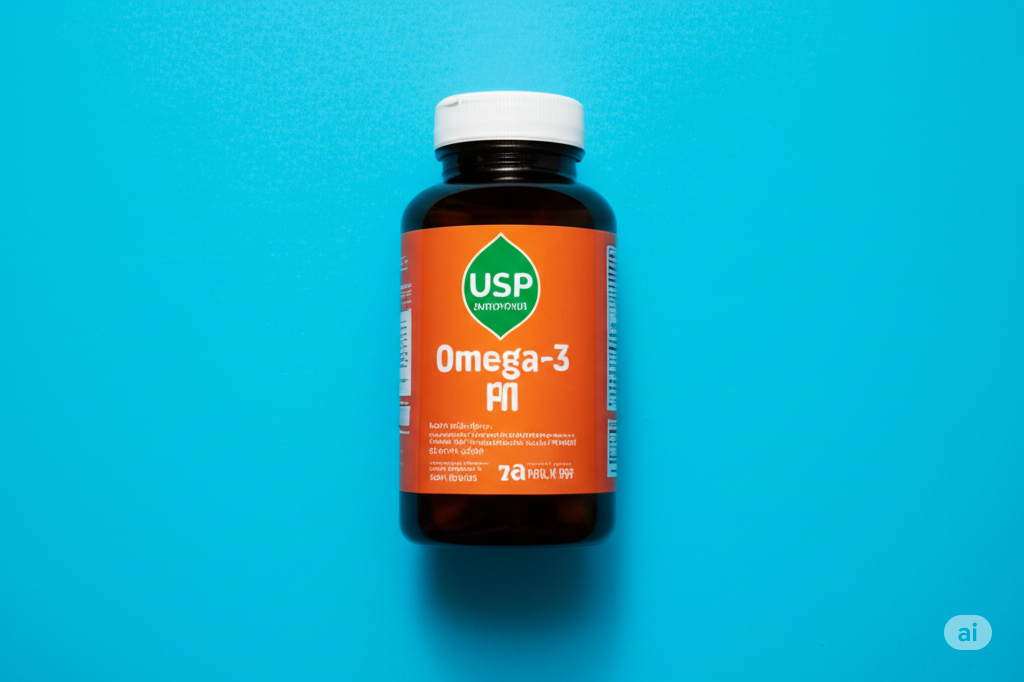
It’s no secret that healthcare costs in the United States can be staggering. A 2023 study by the Peterson Health Technology Institute (PHTI) and KFF found that the U.S. spends over $4.3 trillion annually on healthcare, a burden that weighs heavily on American families. While the system itself can feel overwhelming, the good news is that proactive steps towards wellness can significantly reduce your risk of needing expensive medical interventions down the line. Think of it not as being frugal, but as making smart investments in your future health – investments that pay dividends in both your well-being and your bank account. Let’s explore five key wellness investments that can save you thousands on US healthcare.
Investment #1: Nutrient-Dense Cooking (Not Expensive Organics)

The easiest and most impactful way to boost your health (and your savings) is by cooking more meals at home. While organic produce has its merits, a diet rich in any fruits, vegetables, and whole foods will provide substantial health benefits compared to frequently eating out or relying on processed meals. Restaurant markups are significant, and fast food often lacks the vital nutrients your body needs while being high in unhealthy fats, sodium, and added sugars – all contributors to costly health issues.
Smart Shopping Tips:
- Embrace Seasonal Produce: Fruits and vegetables that are in season are typically more affordable and taste better. Check your local supermarket’s flyers and farmers’ markets for the best deals.
- Frozen is Your Friend: Frozen fruits and vegetables are just as nutritious as fresh, often cheaper, and last much longer, reducing food waste. They are perfect for smoothies, soups, and stir-fries.
- Prioritize Plant-Based Proteins: Beans, lentils, chickpeas, and tofu are incredibly cost-effective sources of protein and fiber, which can help you feel full longer and support healthy blood sugar levels. Meat can be more expensive, so consider incorporating more plant-based meals into your week.
- Buy in Bulk (Wisely): Non-perishable staples like rice, oats, and pasta can be significantly cheaper when purchased in bulk. Just ensure you have proper storage to avoid spoilage.
- Plan Your Meals: Creating a weekly meal plan and shopping list helps you avoid impulse buys and ensures you use the ingredients you purchase, minimizing waste and saving money.
Investment #2: Free and Low-Cost Fitness

Forget the expensive gym memberships you rarely use. Staying physically active doesn’t require breaking the bank. Regular exercise is crucial for preventing a host of chronic diseases, including heart disease, type 2 diabetes, and certain types of cancer – all of which can lead to substantial healthcare costs.
Investment #3: Budget-Friendly Fitness Ideas:
- Explore the Great Outdoors: Hiking, running, walking, and cycling are fantastic cardiovascular exercises that often require nothing more than a good pair of shoes. Take advantage of local parks, trails, and even your own neighborhood.
- Utilize Free Online Resources: YouTube is a treasure trove of high-quality workout videos, ranging from yoga and Pilates to strength training and HIIT (High-Intensity Interval Training). Many reputable fitness instructors offer free content that you can do in the comfort of your home.
- Community Resources: Check if your local community center offers free or low-cost fitness classes or access to gym facilities. Some employers also offer wellness programs that may include subsidized fitness options.
- Bodyweight Workouts: You don’t need fancy equipment to build strength. Exercises like push-ups, squats, lunges, and planks are incredibly effective and can be done anywhere, anytime.
- Get Creative: Dancing to music, playing active video games, or even doing household chores with vigor can contribute to your daily physical activity.
Investment #4: Strategic Supplementation

The supplement industry in the US is vast and often filled with expensive, unproven products. Instead of getting caught up in the hype of exotic superfood powders and trendy pills, focus on a few key supplements that address common deficiencies and have scientific backing – always in consultation with your healthcare provider.
Budget-Savvy Supplement Strategies:
- Vitamin D: Many Americans, especially those living in northern latitudes or with limited sun exposure, are deficient in Vitamin D, which plays a crucial role in immune function and bone health. A simple Vitamin D supplement can be very affordable and may help prevent related health issues.
- Generic Multivitamins: A basic multivitamin can help fill in nutritional gaps, especially if your diet isn’t always perfect. Opt for a generic brand to save money, as they often contain the same essential vitamins and minerals as their pricier counterparts.
- Omega-3 Fatty Acids: If you don’t regularly consume fatty fish like salmon, an Omega-3 supplement (look for EPA and DHA) can be beneficial for heart health and reducing inflammation. Again, generic options are usually effective.
- Focus on Third-Party Verification: When choosing supplements, look for labels from independent organizations like USP, NSF International, or ConsumerLab.com. These seals indicate that the product contains the ingredients listed on the label in the stated amounts and is free from harmful contaminants.
- Prioritize Whole Foods: Remember that supplements are meant to supplement a healthy diet, not replace it. Focus on getting most of your nutrients from whole, unprocessed foods first.
Investment #5: Prioritizing Sleep

Getting adequate, quality sleep is often overlooked but is a cornerstone of good health and a powerful, free form of preventative medicine. Chronic sleep deprivation is linked to a higher risk of developing serious and costly health conditions, including high blood pressure, type 2 diabetes, heart disease, and even obesity.
Tips for Better (and Free) Sleep Hygiene:
- Establish a Consistent Sleep Schedule: Try to go to bed and wake up around the same time each day, even on weekends, to regulate your body’s natural sleep-wake cycle.
- Create a Relaxing Bedtime Routine: Wind down for an hour or two before bed by taking a warm bath, reading a book, or practicing gentle stretching or meditation.
- Optimize Your Sleep Environment: Make sure your bedroom is dark, quiet, and cool. Invest in blackout curtains if needed, and consider using earplugs or a white noise machine if noise is an issue.
- Limit Screen Time Before Bed: The blue light emitted from electronic devices can interfere with melatonin production, making it harder to fall asleep. Aim to put away phones, tablets, and computers at least an hour before bedtime.
- Avoid Caffeine and Alcohol Before Bed: Both can disrupt your sleep patterns. Limit caffeine intake in the afternoon and avoid alcohol close to bedtime.
Conclusion: Investing in Your Well-being Pays Off
By focusing on these five affordable wellness investments – nutrient-dense cooking, free and low-cost fitness, strategic supplementation, and prioritizing sleep – you can significantly impact your health and potentially save thousands of dollars in future US healthcare costs. Consider this: managing type 2 diabetes can cost upwards of $9,600 per year, while treating heart disease can be even more expensive. The proactive steps you take today to eat well, stay active, and prioritize rest are not just about feeling good now; they are about building a healthier, more financially secure future. Your health is your most valuable asset – invest in it wisely.

